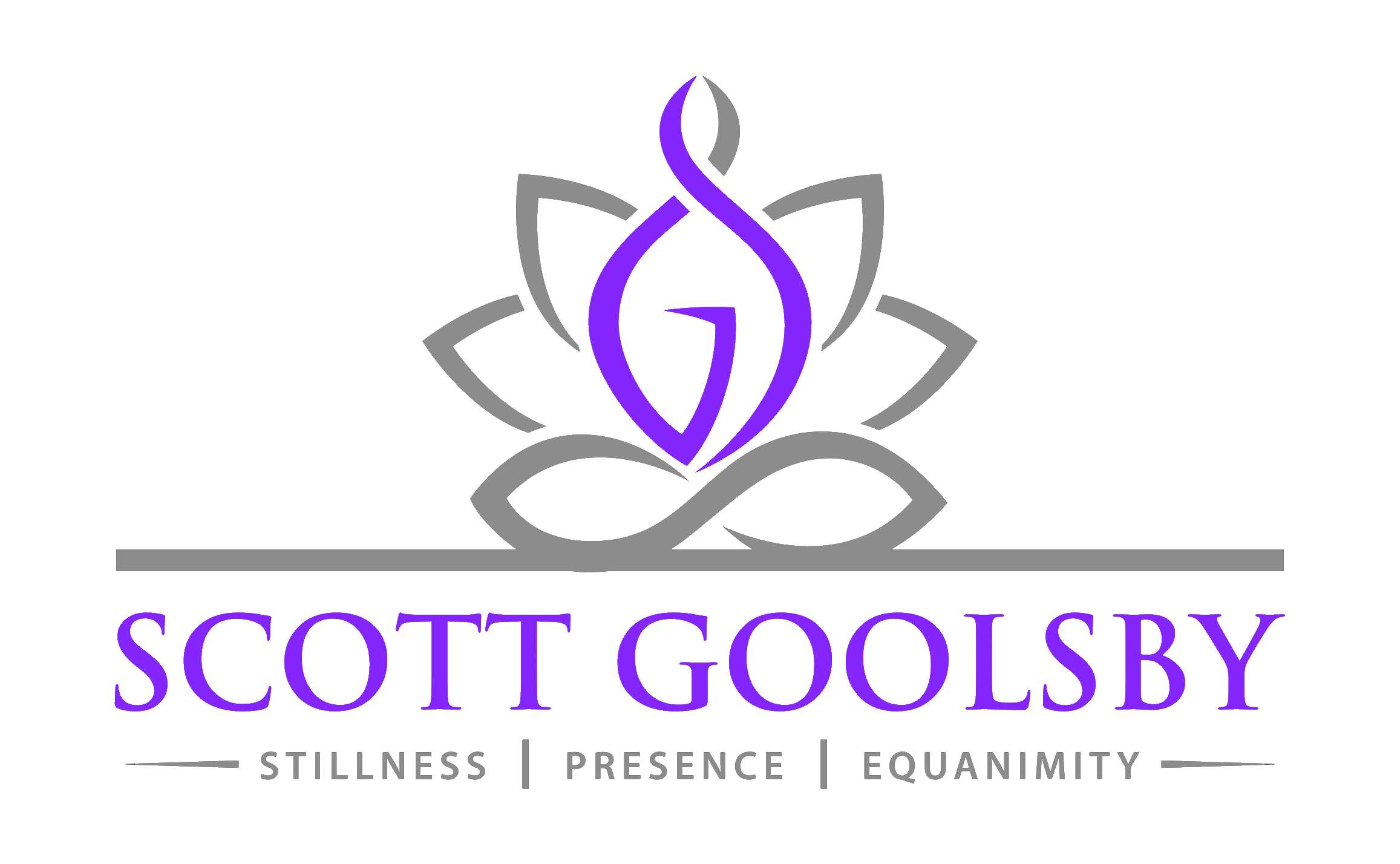A great deal of what we do is influenced by our fear of what others will think. However, this is largely an unnecessary fear and and we neglect to take into account our own, intrinsic sacredness. We relegate ourselves to the scrutiny and approval of some outside “they” whose opinion is worthless and ultimately nonexistent. We need to stop projecting false feelings and judgements upon these others (who are actually our selves!) and also not allow the world around us to project its judgements and insecurities upon us. By doing this, we are saying that we love ourselves and those around us because we are allowing us and them to be, which is truly, all we can ever really do. When someone speaks negatively of us, it is a reflection of their perceived problems and insecurities. The same is true when we ourselves speak of others — our judgments, positive and negative, are our projections. We have a choice to create our perceived reality into how we want it, it is our dream, our movie.
By being mindful of what we say, of our thoughts, our actions, and by choosing truth over negativity, we are choosing life over death, bliss over hell. We can and do choose whether or not we are going to live in a heaven or drown in a cesspool of our own self perpetuated suffering. We have this power. This power lies in our choosing, our being mindful, and with our knowing. It takes practice, but it can be done, and the more often it is done, the more easily it is maintained.
Altruistic selfishness is also important. We need to choose ourselves first in order to have the capacity to give to others (again, who are actually our selves in different forms!). We need to respect our boundaries, say no when we need to say no. Say yes when we need to say yes. Do so with love and compassion (and always remember, have love and compassion for YOU), but if we do not give to ourselves, we will never truly be able to give to and love others. We must forgive ourselves and others of all perceived “faults” we have allowed to enter our dream. These are only faults because we have agreed to see them as such. Have self love and self righteousness. We are all gods. Act like one. We must embrace our nobility. We must see ourselves as living, capable, powerful awareness, because that is what we are. Stop letting others make choices for us. Don’t allow their feelings and their beliefs be our controlling force. In loving ourselves, we will choose rightly. If others think we are doing wrong, it is their projection of their beliefs and values. However, this is not an excuse to blatantly hurt others, we must always act compassionately, and know what we holistically need and want. What is going to bring the greatest good? What is in accord with the Universe? Live in the present, as that is all there truly is. Live life with exuberance and fullness, our body could be dead at any moment. See life as the sacred dance it is, love it, live it. Make mindful choices in every moment. If actions create suffering and do not ultimately create inner happiness, then do not do them. Make the choice to be happy, the choice to be liberated, because you always already are.
